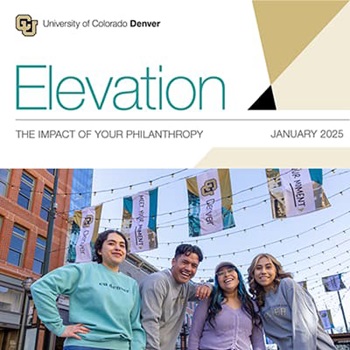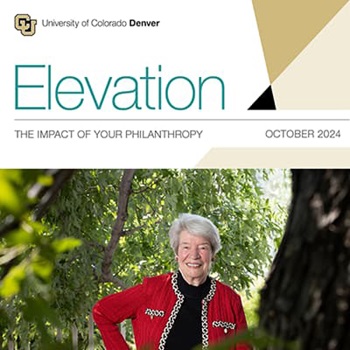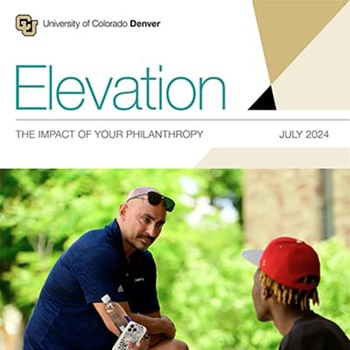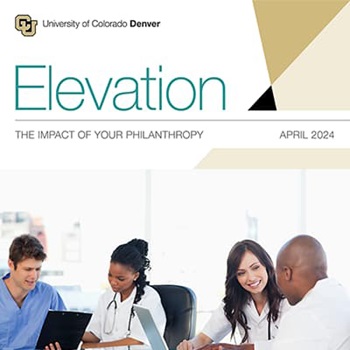Creating Health Equity Through Land Planning
Neysa Bermingham, a graduate student in urban and regional planning, draws connections between land use and public health.
Jan 7, 2021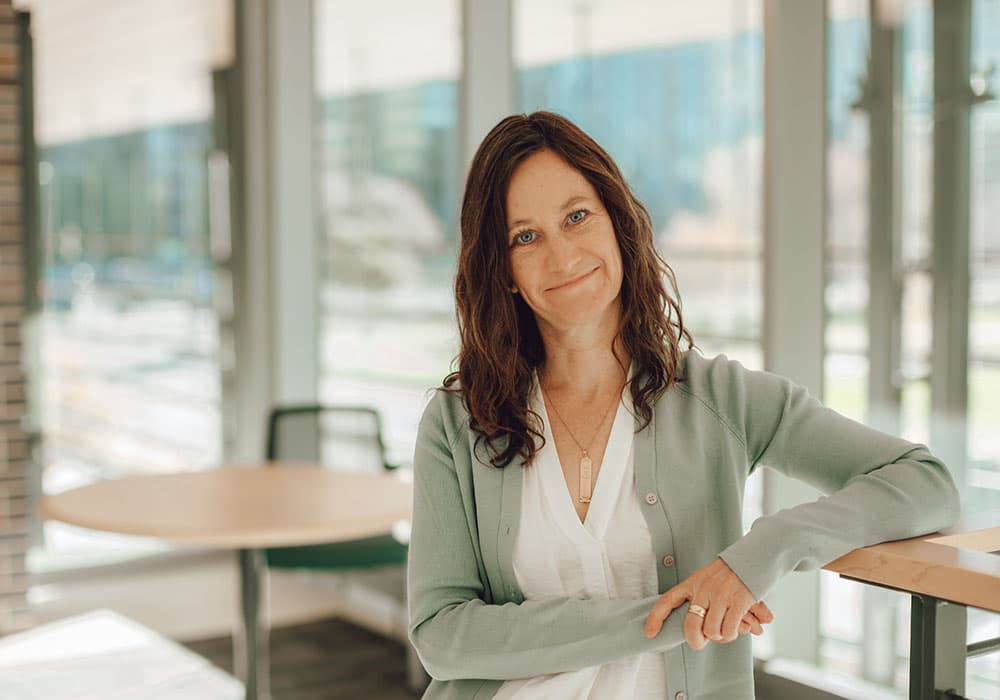
For the vast history of humankind, towns and cities evolved in ways that facilitated getting around on foot. Most of our ancestors worked, socialized, worshipped, and shopped within walking distance of their homes. Following the invention of the automobile in the 19th century, however, roads began to overtake pedestrian walkways as the favored routes for transportation, and the ripple effects continue to this day, not only in how we move about but in ways that can adversely affect our collective health and wellbeing, as well.
“The greatest barrier to public health is land planning, specifically access to parks, food, and health care,” says Neysa Bermingham, a graduate student in urban and regional planning in the College of Architecture and Planning. “For example, to get access to perishable food you have to be within walking distance of a grocery store if you don’t have a car, or go with the most convenient option like 7-Eleven,” she explains.
After spending more than a decade working in community investment for Kaiser Permanente Colorado, Neysa decided to take a different approach to addressing the health inequities that land planning has created. As she pursues her degree in planning at CU Denver, her experience at Kaiser and as a native of Minnesota, which has seen a number of successes in creating equity and access to public parks, lends a unique perspective. “I really wanted to think about how we can use our land differently,” she says. “Parks and playgrounds should be accessible to all people regardless of their race, socio-economic status, and physical condition. Currently, there is a direct correlation between accessibility and socio-economic status,” she explains.
A Clinton Family Endowed Scholarship has helped Neysa keep her studies on track. “Balancing a new career, school, being a mom, and working is like asking me to be a magician,” she says. The scholarship allows Neysa to work fewer hours at a design firm and enroll in more classes each semester. “Otherwise, I’d be a CU Denver for a very long time and would even question whether I could complete my degree at all” she says. Neysa, like many of our students, is grateful to the Clinton Family for their foresight and support. “Thank you for believing in me,” she says, “and in the contributions I’m going to make to this field when I finish this journey.”
